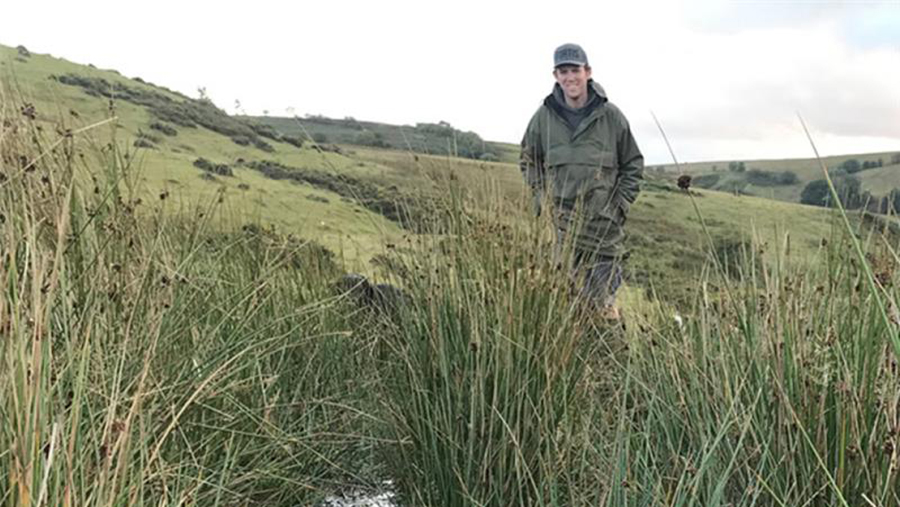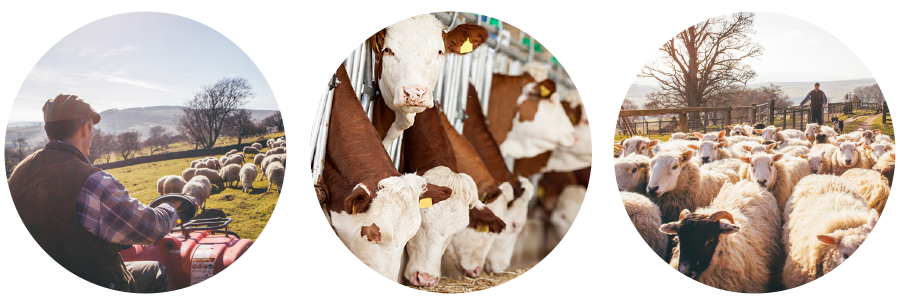Advertiser content
What is liver fluke and why is it such a problem?

Liver fluke can cause significant issues in both sheep and cattle.
The risk varies throughout the year, meaning different approaches are needed to manage the challenges.
When to treat?
Autumn is the time of year when livestock are most likely to ingest large numbers of liver fluke cysts on the pasture. Once ingested these liver fluke larvae migrate through the liver, causing damage to the liver tissue and blood loss.
The level of damage caused is directly related to the number of liver fluke ingested. Large numbers of liver fluke ingested in the autumn can cause serious disease and death.
The biggest factor affecting the amount of liver fluke present in the autumn is the weather. Wet and warm weather increases the liver fluke risk by:
- Improving the survival rate of the liver fluke larvae that hatch from the eggs in the sheep and cattle faeces.
- Increasing the mud snail population. Having more muddy areas in fields increases habitat for the mud snails. The liver fluke lifecycle is dependent on these mud snails, therefore the more mud snails present on a field, the easier it is for the liver fluke to complete its lifecycle and build up in numbers.
- Improving the survival rate of the liver fluke larvae that emerge from the mud snails.
- Massively increasing the number of infective liver fluke cysts that livestock ingest on the pasture.
Liver fluke control: Autumn/early winter
In the autumn/early winter, we get the highest number of early immature fluke, so we need a product that kills this.
The only active product to kill early immature fluke – i.e. fluke that is under 5 weeks old – is triclabendazole, the active in Combinex™ for Sheep, Fasimec™ Duo and Fasinex™ 5%.
As with all products, it is good practice to check whether a treatment has been effective. It may not be resistance, but finding out soon after treatment can avoid damaging effects to the flock.
Provided by
As a global animal health company, we work to advocate for our customers and innovate to improve the health of animals through products, expertise, and service.
Find out more on the elanco website


